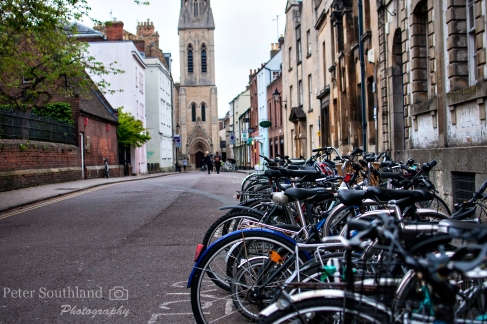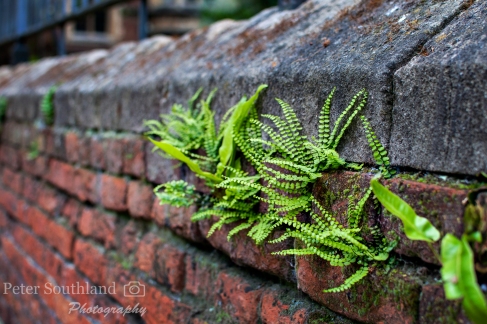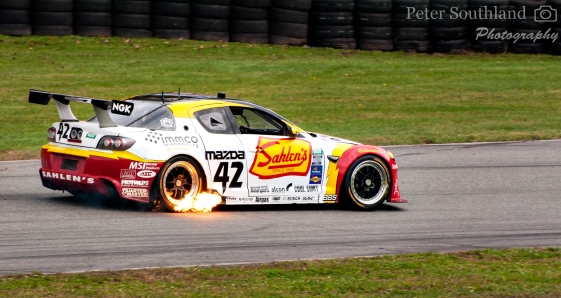In our exciting conclusion to the exposure triangle series I will bring all of the individual elements together and explain my general thoughts on how I choose settings and modes.
The exposure triangle is the general concept that the elements of your exposure need to be balanced. This is really more of an art than a science and takes lots of practice to master. When shooting in automatic mode your camera uses various algorithms to determine what settings should be used. If you’re shooting in a manual or semi manual (aperture/shutter priority) you need to choose some or all of these settings on your own. Below I’ll be outlining a general guideline for how I choose settings, but the best way to learn is to experiment with all the various modes.
Unless I have lots of time to think about and compose a shot I prefer to keep my camera set to aperture priority mode with the ISO set to manual. Aperture is usually my most important setting, depth of field can have a huge impact on your final photo and I always like to have that in mind when I shoot. I prefer manual ISO because I like to keep it set as low as possible for the highest image quality, and up the setting if the shutter would otherwise be to slow to handhold. I usually set ISO around 200 when I’m outside and it’s moderately sunny, 400-800 when I’m inside and it’s sunny out, bumping up to a maximum of around 1600 when it’s darker. This maximum limit is more a limitation of my camera than a hard limit for ISO in general.
I tend to shoot with a wide aperture, f/ 1.8 to f/ 2.8, part of this is because it assures that I can almost always hand hold a shot, so if something unexpected happens I can usually get a picture without fiddling with the camera. I’m also huge fan of bokeh, with the right lens it can make your images look dreamy and ethereal. When I change my aperture setting the first thing to think about is how much of my subject do I want in focus, and the second thing is how much of the background do I want in focus.
The shots below were taken using this basic process for choosing settings, generally low ISO and a wide aperture, finding interesting subjects as I was out and about.
For taking motion shots, if I’m trying to take fast pictures I’ll usually change to shutter speed priority and then usually bump the ISO higher than normal so I can maintain that fast shutter speed. For longer exposures where I need a tripod, I like to use manual mode. This lets me control all the aspects of the shot and make sure nothing has changed between attempts. An example of a fast shot is below, this was taken in shutter speed priority on an unfortunately cloudy day so I wasn’t able to shoot with as fast a shutter as I would have liked.
Again, all of the above are just my thoughts on how I like to shoot. Go out try my method, make up your own, experiment, and have fun doing it.
My next post is about some of the basic composition rules.
Peter



Love the way your lens sees the everyday! 🙂
LikeLike
Thanks
LikeLike